What is the problem with polyvinyl chloride?
What is the problem with polyvinyl chloride?
Polyvinyl chloride, commonly known as PVC, is a widely used synthetic material that has found its way into various industries due to its diverse range of properties. PVC is valued for its durability, low cost, and versatility, making it an attractive choice for manufacturing a wide array of products. However, despite its widespread use, polyvinyl chloride poses significant environmental and health concerns. In this article, we will delve into the problems associated with PVC, discussing its impact on the environment, human health risks, and possible alternatives.
1. Environmental Impact:
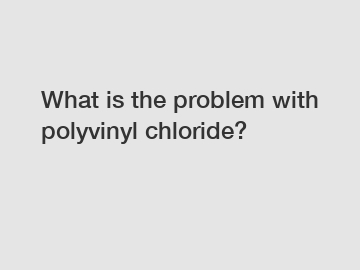
Polyvinyl chloride production and disposal have a substantial negative impact on the environment. PVC is made from chlorine and ethylene, both derived from fossil fuels, primarily natural gas or petroleum. The extraction and transportation of these fossil fuels contribute to greenhouse gas emissions and climate change. Moreover, the production process of PVC releases toxic chemicals into the environment, including dioxins, phthalates, and volatile organic compounds (VOCs). These chemicals can persist in the environment for long periods, posing a threat to ecosystems, wildlife, and humans.
2. Health Risks:
The use of PVC has raised concerns regarding human health risks. Phthalates, which are added to PVC to make it flexible, have been linked to numerous adverse effects, including hormonal disruption, reproductive disorders, and developmental issues in children. These chemicals can leach out of PVC products, such as vinyl flooring, shower curtains, and children's toys, and contaminate the air and dust in our homes. Additionally, the manufacturing and incineration of PVC release dioxins, a highly toxic class of chemicals that can cause a range of health problems, including cancer, hormonal disruption, and immune system impairment.
Additional resources:Which High Purity HPMC Raw Material Offers the Highest Quality for Purchase?
What are the drawbacks of PBAT?
Crude Phenol Producer: How to Revolutionize Its Production?
Boosting Safety & Efficiency: Unveiling Silane in Nitrogen Gas for Enhanced Applications
Boric Acid Flakes: A Powerful Solution for Pest Control & Home Cleaning
What is Methylpropiophenone used for?
Which Phenol Producers Are Innovating Sustainability?
3. Waste and Recycling Challenges:
One of the significant challenges with PVC is its low recyclability. Unlike other plastics, such as PET or HDPE, PVC cannot be easily recycled due to its complex chemical composition and the presence of various additives. Consequently, PVC waste often ends up in landfills or incinerators, contributing to pollution and wasting valuable resources. While some recycling initiatives for PVC exist, they face several technical and economic obstacles, making them less effective in diverting the material from the waste stream.
4. Alternatives to PVC:
Recognizing the environmental and health concerns associated with PVC, numerous alternatives have emerged in recent years. One such alternative is plant-based plastics, derived from renewable resources like corn, sugarcane, or soybeans. These bioplastics offer similar properties to PVC while being biodegradable or compostable, reducing their impact on the environment. Other alternative materials include bio-based polymers, such as polylactic acid (PLA) or polyhydroxyalkanoates (PHA). These materials offer similar durability and versatility to PVC but do not contain harmful additives or toxins.
In conclusion, while polyvinyl chloride has been widely utilized for its affordability and versatility, it poses significant problems for the environment and human health. The production, disposal, and recycling challenges associated with PVC contribute to climate change, pollution, and health risks. However, with increasing awareness about these problems, alternatives to PVC are being developed and adopted. By transitioning to more sustainable materials, we can mitigate the negative impacts of PVC and create a healthier and more environmentally friendly future.
Are you interested in learning more about Rigid Polyvinyl Chloride Powder, white Polyvinyl Chloride Powder china factory, Sodium Bicarbonate Bulk? Contact us today to secure an expert consultation!
Additional resources:Which Industries Stand to Benefit from High Quality Ethane Gas?
Transforming Walls: Styrene Acrylic Emulsion Unveiled
What are the advantages of purchasing pure zinc oxide powder for high-quality cosmetic products?
What is the history of iron oxide pigment?
What is the cost of HPMC?
Weifang Hota: Innovating New Material Technologies
New meaning in the purchase stage: "Which floor renovation contractor offers the most cost-effective solutions?
220
0
0
Related Articles
-
233
0
0
-
Ultimate Guide to HPMC for Building Material Grade: FAQs Answered
Welcome to the Ultimate Guide to HPMC for Building Material Grade: FAQs Answered.
214
0
0
-
171
0
0
-
Ferric Oxide Pigment: Exploring Uses, Safety, and Sustainable Alternatives
Ferric Oxide Pigment: Exploring Uses, Safety, and Sustainable Alternatives.
194
0
0
-
232
0
0
-
180
0
0
-
188
0
0
-
192
0
0


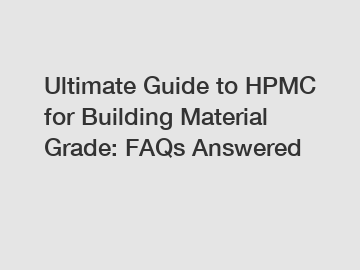
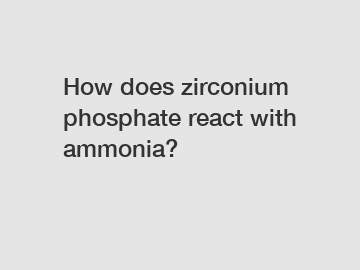
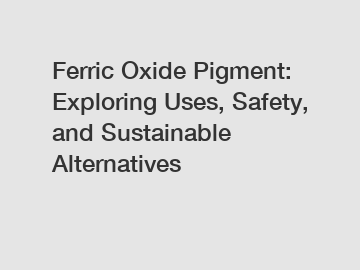


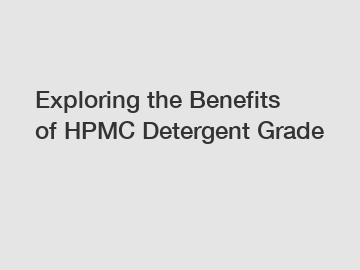
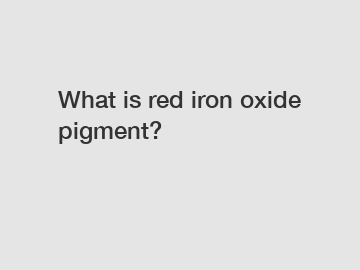
Comments
All Comments (0)